I love my wife more than anything in the world. I love James Bond almost as much.
I still remember the first time I heard his name. I had been roaming the neighbor with some friends on an unseasonably warm December afternoon. I returned home to find my father in front of a television filled with foreign and florid images. He turned to me and asked if I had ever seen James Bond. I shook my head, transfixed by flashing pictures of beautiful women and a man with a gun.
My father gestured for me to join him. He hurriedly explained the plot and then we both sat in a happy silence for hours on end as one film flowed into another. When I returned to school the next day, I found that my friends had watched the movie marathon with their fathers too. In that one night, James Bond had connected generations, uniting men and boys in an intoxicating desire to join his world.
TBS continued to run “The Fifteen Days of Bond” every November and December through my junior year in high school. It was around that time I realized there was something deeper in its appeal than action, intrigue, gadgets, and gorgeous girls. A film series can’t survive for fifty years without being willing to change, and it is that very adaptability that makes James Bond a great character and his series such an engrossing collection.
But first, we must understand that he is no a hero. He’s a villain on the right side of the law. That’s part of the appeal of his adventures – you can’t help but count yourself fortunate that such a man is on our side.
Nearly every actor to take up the mantle has made 007 his own. Diversity is the series’ greatest strength. Though each actor is playing the same man who has experienced the same things, their particular portrayals shed light on the different facets of Bond’s personality and encourage the audience to examine and embrace their own disparate strands.
As the first of his kind, Sean Connery laid the foundation for the character, but in many ways, he was simply a cypher for director Terence Young to put his singular stamp on the cinematic interpretation of James Bond. Through Connery, he built 007 into a Greek hero, a demi-god whose physical strength and intellectual prowess made him a match for any foe. Connery’s Bond was not infallible. His mistakes were born of virtue, rooted in a stubborn (even brutish) will to accomplish his goals at any price. And he made the mistakes work. His failings were like a hammer (or a “blunt instrument”) used to crack open a case.
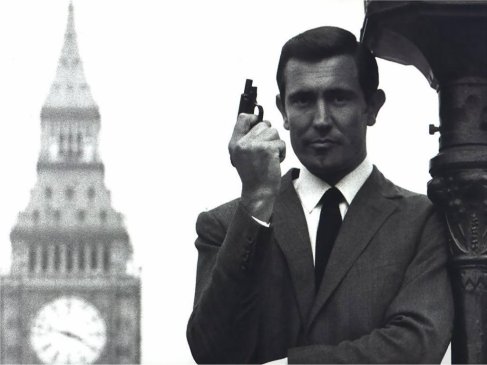 (Does he even realize it’s not loaded?)
(Does he even realize it’s not loaded?)
Unlike most Bond fans, I don’t hold much reverence for George Lazenby or his single film, On Her Majesty’s Secret Service. Producers Cubby Broccoli and Harry Saltzman had lost one of the most bankable stars in history and I think they tried to press the Connery mold on an actor unsuited and unprepared. After arrogance and bad advice sent Lazenby on his way, Broccoli and Saltzman paid Connery a-then-record $1 million dollars to return one last time. Then they began looking for another Bond. The settled on the obvious casting choice, but decided on the bold strategy to let him chart a new direction.
Awesome Image: DangerousMinds
Roger Moore’s 007 has been called “The Deadly Comedian”. It’s an apt description. Moore’s Bond is a man with sure dedication to his job, but obvious distaste for it. Sean Bean’s villain in Goldeneye would later taunt Bond by saying, “I might as well ask you if all those vodka martinis ever silence the screams of all the men you’ve killed…or if you find forgiveness in the arms of all those willing women for all the dead ones you failed to protect.” Moore’s 007 indulges in these distractions more than any other, but his tonic of choice is humor. He hides behind quips and a “caviler attitude towards life”. But when the steely edge comes out, it’s all the more chilling for it.
Photo: Licence to Kill (1989), EON Pictures
Timothy Dalton’s 007 has an equal distaste for the job, but his is tinged with bitterness In The Living Daylights, he shoves off a potential rebuke by saying, “If M fires me, I’ll thank him for it!” He still shoots off some quips, but he seems to do it only for the benefit of his Bond girls in an effort to soften the blow of the world’s harsh realities. His is perhaps the most complex interpretation – cold, hard, and hidden.
Photo: Goldenye (1995), EON Pictures
By contrast, Pierce Brosnan is the most emotionally accessible Bond, and he strikes the best balance between the mirth of Moore and the menace of Connery. He doesn’t exactly wear his emotions on a tailored sleeve, but he’s easier to read since triumph and tribulation play clearly on his face.
Photo: Casino Royale (2006), EON Pictures
Daniel Craig is Bond at his most brutal. His 007 doesn’t seem to hate his job as much as his predecessors, even if he doesn’t always understand or appreciate the reasons behind the mission. Even so, he can’t bring himself to completely embrace the brute. He hides too. He hides behind the finer things in life, almost as if in an effort to civilize the beast, wearing his suits “with such disdain”.
Photo: Casino Royale (2006), EON Pictures
Though each actor has brought his own personality to the malleable role, the films still fit together in a loose (and often contradictory) continuity. How many Bond movies feature ski chases, sharks, or fights on trains? It’s an oddly specific formula, but it holds things in place. It’s familiar. It’s comfortable. It’s comforting.
The formula is at it’s best when it bends. Break the conventions (like Licence to Kill) and you lose the audience’s sympathies. Adhere to them too closely (like Die Another Day), and you lose their interest.
That balance of change and tradition attracts an audience. It’s the reason Bond is more popular now than ever. The Broccoli family deserves a lot of credit for having the courage to correct course with the times, but they owe their success to a character who can seem uniquely and equally at home at any point in history. James Bond was born a creature of the Cold War, but Goldeneye and Casino Royale proved he was a hero for any age. His audience longs to be so relevant in a world that can change overnight.
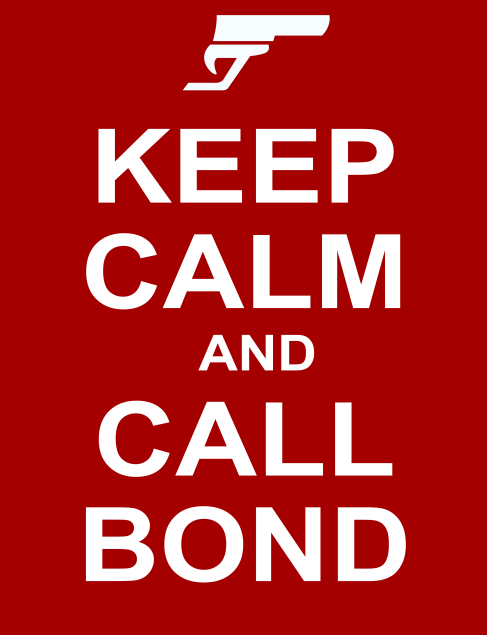

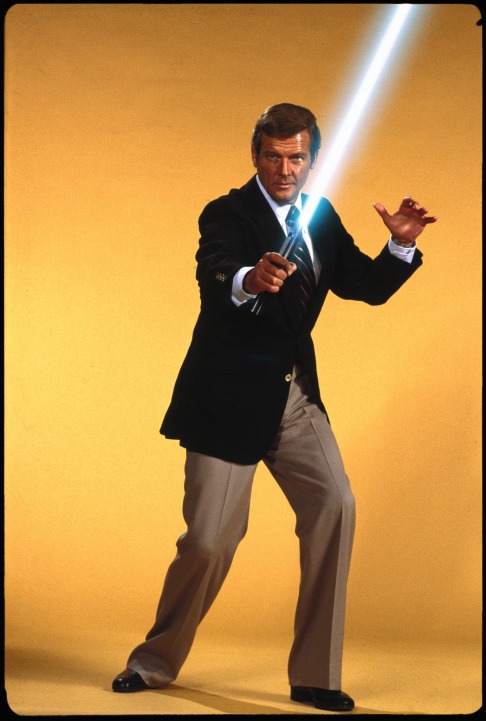
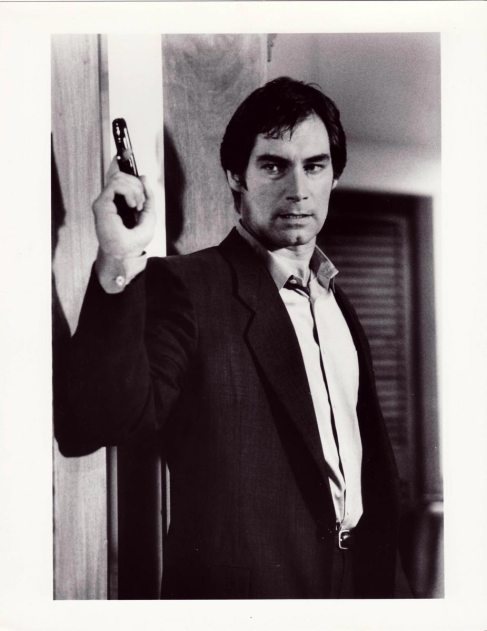

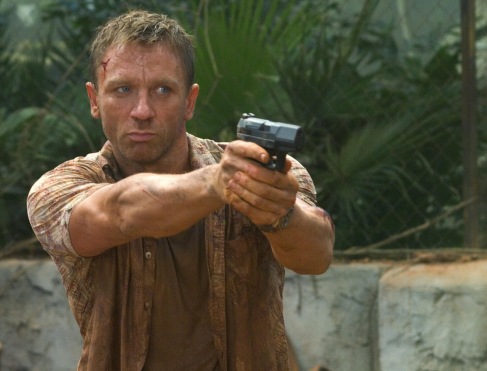
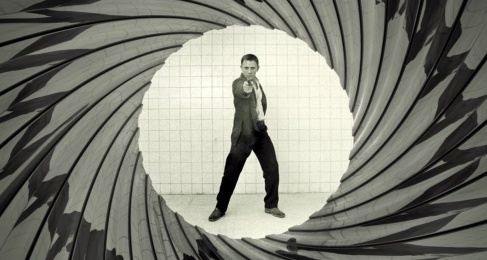
Rather spot on I must say! Interesting analysis of the characters connected to their respective lines…
However I do not agree on Lazenby. Even though he isn’t the best actor ever to have worn a dinner jacket, he still made a good performance and a decent job. And the film itself, with every detail taken together is, undoubtedly, one of the best in the series.
(I personally hold it as No 1. Closely followed by Thunderball and Russia. Mainly thanks to the cast, the clothes, the soundtrack, the mood, the production design and locations, Draco, the story and the best ski chase ever filmed.)
Best Regards,
R Sterling
Thanks for the comment, Sterling.
I know I’m in the minority among serious fans about Lazenby and OHMSS. It does certainly have its good qualities, but there are just so many things that bug me about it too. The production design is so entrenched in the late 60s that I have trouble getting past all the ugly decor. The sound design is off – the action is too loud, the voices are too soft, and I hate that they dubbed Lazenby as Sir Hillary for half the film. I’ve never really bought into the motives behind Blofield’s plot. I don’t see much chemistry between Bond and Traci, and it bothers me that he seems to be so in love with her that night in the barn when he was literally sleeping with other women just two nights before. And as for Draco, he’s such a sexist. Certainly of his time, but that whole speech in the office about how Traci needs a man to “dominate her…To make love to her enough so that she will love him.” (That may not be an exact quote.) The misogyny is just too blatant to ignore.
But Barry’s score and the escape from Piz Gloria are certainly highlights in the series.
Thanks again for the commment!